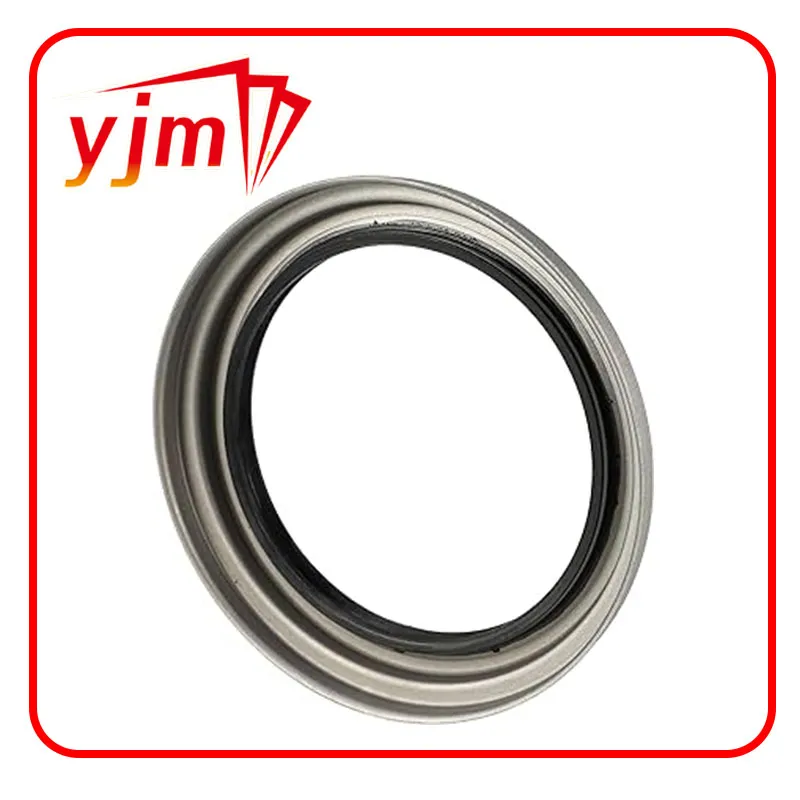Understanding Different Types of Oil Seals and Their Applications
Understanding Oil Seal Types A Comprehensive Guide
Oil seals, also known as shaft seals or oil gaskets, play a crucial role in various mechanical systems by preventing the leakage of lubricants or other fluids while keeping contaminants out. These essential components are widely used in automotive engines, industrial machinery, and a variety of equipment. Given their significance, it’s important to understand the different types of oil seals available, their construction, and their applications.
What are Oil Seals?
Oil seals are designed to retain oil and other fluids in a given area while sealing out dirt, dust, and moisture. They create a tight barrier around a rotating shaft to maintain the fluid within the housing. Typically made from materials like rubber, elastomer, or polyurethane, oil seals come in different configurations to suit various operational needs.
Common Types of Oil Seals
1. Single Lip Oil Seals The most basic type, these seals consist of a single lip that presses against the shaft to form a seal using spring tension. They are commonly used in automotive applications, like the crankshaft and camshaft seals, as well as in various industrial machinery. Single lip seals are suitable for low-pressure applications.
2. Double Lip Oil Seals Featuring two sealing lips, double lip seals provide enhanced protection against leakage and contamination. The first lip keeps the lubricant in, while the second lip acts as a barrier against external particles. These seals are ideal for more challenging environments, such as in hydraulic systems or where there is greater exposure to dust and dirt.
3. V-Ring Seals V-ring seals are unique in their design, featuring a flexible lip attached to a circular body. Unlike traditional oil seals, they do not have a rigid outer casing and are often mounted on rotating shafts. They excel in environments with angular misalignment and are particularly effective in preventing contaminants from entering while allowing for some axial movement.
4. Shaft Seals with Dust Covers These seals combine the functionalities of an oil seal and a dust cover to protect the inner workings of the equipment from dust and debris. The dust cover is typically made of a more resilient material than the seal, providing a dual layer of protection. These seals are frequently used in agricultural and off-road vehicles where exposure to harsh conditions is significant.
5. PTFE Seals Polytetrafluoroethylene (PTFE) seals are known for their low friction characteristics and excellent chemical resistance. They are particularly beneficial in high-temperature and aggressive chemical environments. PTFE seals can be used effectively in both static and dynamic applications, offering long-lasting performance and reliability.
oil seal types

Factors to Consider When Choosing Oil Seals
When selecting oil seals, there are several factors to take into account to ensure optimal performance
- Material Compatibility The sealing material must be compatible with the fluid it will contact, as certain chemicals can degrade elastomers.
- Operating Temperature Understanding the temperature range within which the oil seal will operate is crucial. Materials have different temperature tolerances, and choosing the right material can prevent seal failure.
- Speed of Operation The speed at which the shaft rotates can affect the sealing performance. Higher speeds require seals that can handle centrifugal force without losing their integrity.
- Shaft and Housing Dimensions It’s essential to ensure that the seal fits correctly on both the shaft and housing. Incorrect dimensions can lead to premature wear or failure.
- Environmental Conditions The operating environment can influence the choice of oil seal, especially in applications exposed to dirt, moisture, or extreme conditions.
Conclusion
Understanding the different types of oil seals is essential for engineers, technicians, and anyone involved in maintaining machinery or mechanical systems. By selecting the appropriate oil seal type based on application requirements and environmental considerations, one can ensure effective sealing performance, enhance equipment longevity, and reduce the risk of costly leaks or failures. With the right knowledge, you can make informed decisions that will benefit your mechanical systems and operations.
-
Simplifying Oil Changes: A Comprehensive Guide to Oil Drain Plugs and Their Variants
News Aug.04,2025
-
Mastering Oil Drain Maintenance: Solutions for Stripped, Worn, and Upgraded Oil Plugs
News Aug.04,2025
-
Fixing Oil Pan Plug Issues: Leaks, Stripped Nuts, and the Right Replacement Solutions
News Aug.04,2025
-
Everything You Need to Know About Oil Drain Plugs: Sizes, Fixes, and Upgrades
News Aug.04,2025
-
Choosing the Right Oil Drain Plug: A Guide to Sizes, Materials, and Drain Innovations
News Aug.04,2025
-
A Complete Guide to Automotive Drain Plugs: Types, Problems, and Innovative Solutions
News Aug.04,2025
-
The Ultimate Guide to Car Repair Kits: Tools and Essentials Every Driver Should Own
News Aug.01,2025
Products categories















